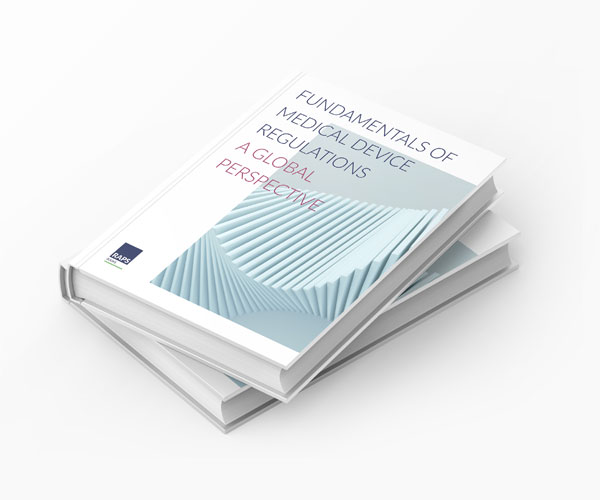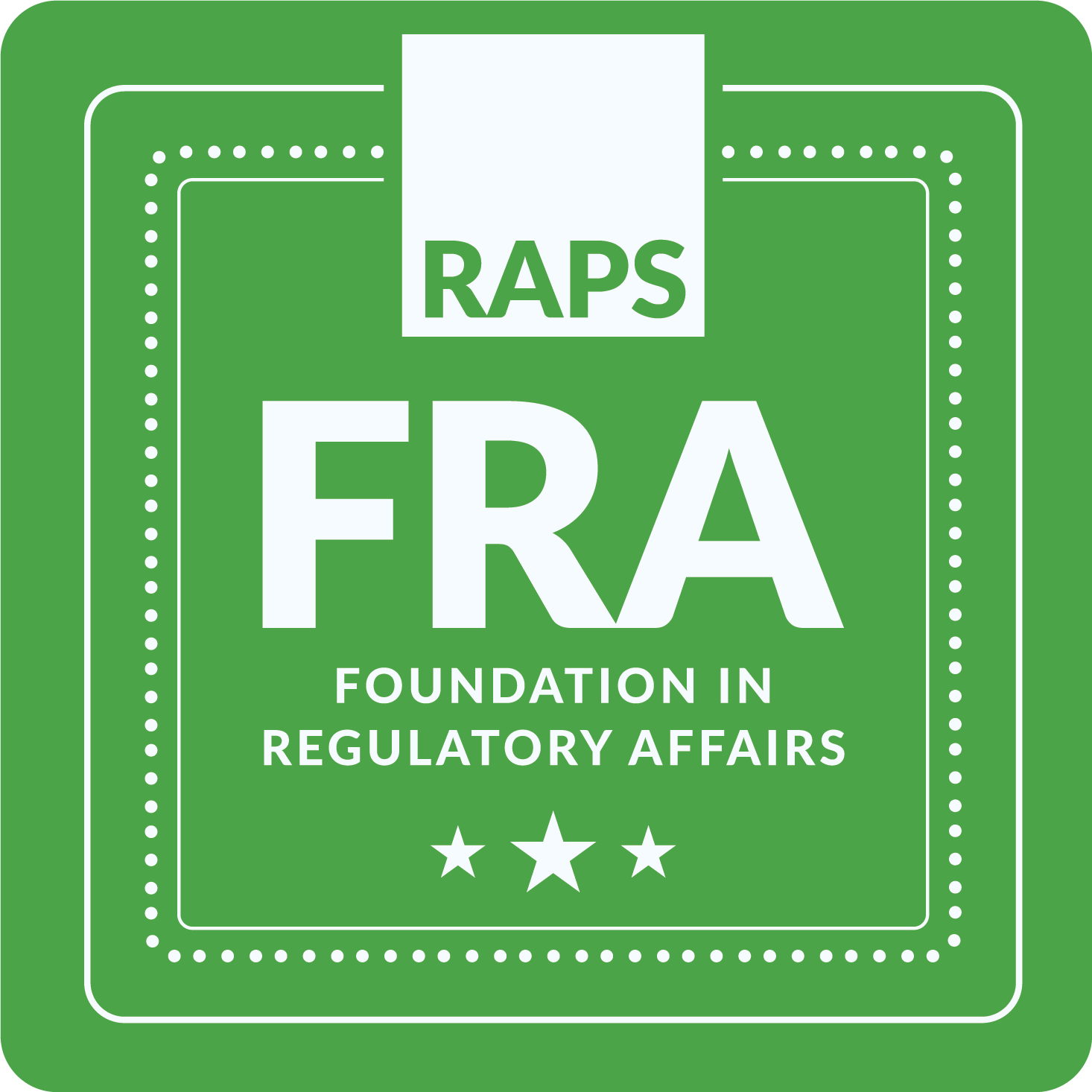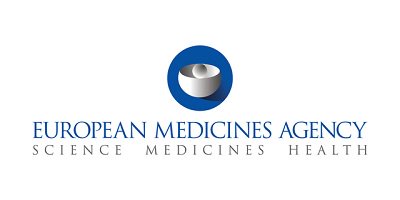EMA guidelines highlight changes to IMPs triggering notification to regulators
![]() Regulatory News | 12 July 2021 |
Regulatory News | 12 July 2021 |
The European Medicines Agency (EMA) on 1 July released for public consultation two draft guidelines to help sponsors of investigational medicinal products (IMPs) for new drugs and biologics decide whether manufacturing changes are considered a “substantial modification” needing prior approval.
These guidelines are connected to the EU regulation No. 536/2014 which came into force on 20 June 2014. The regulation defines a “substantial modification” as any change to a clinical trial which is likely to have a substantial impact on the safety of patients or on the reliability or robustness of the data generated in clinical trials. Substantial modifications need prior approval.
The draft guideline covering IMPS for new drugs states that “since clinical trials will often be designed as multi-center studies, potentially involving different Member States, it is the aim of this guideline to defined harmonized requirements for the documentation to be submitted throughout the European Union.”
The guidance replaces an earlier version issued in 2017 by including a new section on the changes to the investigational products which need prior approval or “substantial modification” applications before restarting clinical trials.
EMA said in the updated draft that “assessment of an IMPD should be focussed on patient safety. Therefore, any modification involving a potential new risk has to be considered a substantial modification. This may be especially the case for changes in impurities profile, microbial contamination, viral safety, [Transmissible Spongiform Encephalopathy] and in some particular cases to stability when toxic degradation products may be generated.”
Non-substantial modifications need not be submitted, but the relevant internal and study documentation supporting the change should be recorded within the company or at the investigator site.
The guideline says that changing drug substance manufacturing to a new entity is considered a substantial change, while changing to an alternative site within one company is not considered a substantial change.
Also, changing to a different route of syntheses is considered a substantial change, while modifying the process parameters such as switching to a similar solvent, or adjusting the temperature, pressure or reaction time in the manufacturing process is not considered substantial.
Switching to a new test method such as going to near-infrared spectroscopy (NIR) from high-performance liquid chromatography (HPLC) would be considered a substantial change, while updating the test procedure to comply with revised European Pharmacopoeia, United States Pharmacopeia and Japanese Pharmacopoeia is considered a non-substantial change.
Biological IMPs
For biological IMPs, the guideline also replaces an earlier version last updated in November 2018 by including a new section addressing which changes to investigational products will need prior approval.
Substantial modifications are those that add or replace existing manufacturing sites or changing the manufacturing site within the same company. Deleting a manufacturing or testing site for safety reasons or for non-compliance with good manufacturing practices (GMPs) would also be considered a substantial modification. Yet deleting a manufacturing or testing site for reasons unrelated to safety, or a manufacturing name change is considered a non-substantial change.
Adding a new expression cell line or a new cell bank is considered a substantial modification, while modifying manufacturing process parameters is considered a non-substantial change.
Sponsors should follow the Common Technical Document’s Module 3 and include the most up-to-date information relevant to the clinical trial at the time of submission of the clinical trial applications. The guidance applies to proteins and polypeptides, their derivatives and products of which they are components. The guidance also applies to auxiliary medical products containing these proteins and polypeptides as active substance.
The deadline for comment for both guidelines is 31 August.
EMA guideline on IMPs for chemical entities
EMA guideline on IMPs for biological product
These guidelines are connected to the EU regulation No. 536/2014 which came into force on 20 June 2014. The regulation defines a “substantial modification” as any change to a clinical trial which is likely to have a substantial impact on the safety of patients or on the reliability or robustness of the data generated in clinical trials. Substantial modifications need prior approval.
The draft guideline covering IMPS for new drugs states that “since clinical trials will often be designed as multi-center studies, potentially involving different Member States, it is the aim of this guideline to defined harmonized requirements for the documentation to be submitted throughout the European Union.”
The guidance replaces an earlier version issued in 2017 by including a new section on the changes to the investigational products which need prior approval or “substantial modification” applications before restarting clinical trials.
EMA said in the updated draft that “assessment of an IMPD should be focussed on patient safety. Therefore, any modification involving a potential new risk has to be considered a substantial modification. This may be especially the case for changes in impurities profile, microbial contamination, viral safety, [Transmissible Spongiform Encephalopathy] and in some particular cases to stability when toxic degradation products may be generated.”
Non-substantial modifications need not be submitted, but the relevant internal and study documentation supporting the change should be recorded within the company or at the investigator site.
The guideline says that changing drug substance manufacturing to a new entity is considered a substantial change, while changing to an alternative site within one company is not considered a substantial change.
Also, changing to a different route of syntheses is considered a substantial change, while modifying the process parameters such as switching to a similar solvent, or adjusting the temperature, pressure or reaction time in the manufacturing process is not considered substantial.
Switching to a new test method such as going to near-infrared spectroscopy (NIR) from high-performance liquid chromatography (HPLC) would be considered a substantial change, while updating the test procedure to comply with revised European Pharmacopoeia, United States Pharmacopeia and Japanese Pharmacopoeia is considered a non-substantial change.
Biological IMPs
For biological IMPs, the guideline also replaces an earlier version last updated in November 2018 by including a new section addressing which changes to investigational products will need prior approval.
Substantial modifications are those that add or replace existing manufacturing sites or changing the manufacturing site within the same company. Deleting a manufacturing or testing site for safety reasons or for non-compliance with good manufacturing practices (GMPs) would also be considered a substantial modification. Yet deleting a manufacturing or testing site for reasons unrelated to safety, or a manufacturing name change is considered a non-substantial change.
Adding a new expression cell line or a new cell bank is considered a substantial modification, while modifying manufacturing process parameters is considered a non-substantial change.
Sponsors should follow the Common Technical Document’s Module 3 and include the most up-to-date information relevant to the clinical trial at the time of submission of the clinical trial applications. The guidance applies to proteins and polypeptides, their derivatives and products of which they are components. The guidance also applies to auxiliary medical products containing these proteins and polypeptides as active substance.
The deadline for comment for both guidelines is 31 August.
EMA guideline on IMPs for chemical entities
EMA guideline on IMPs for biological product
© 2025 Regulatory Affairs Professionals Society.









![Chemistry, Manufacturing and Controls (CMC) [5.0 RAC]](https://my.raps.org:443/images/f87ab990-8258-4a45-be2c-5c35242fac9b.img?resize=yes)


